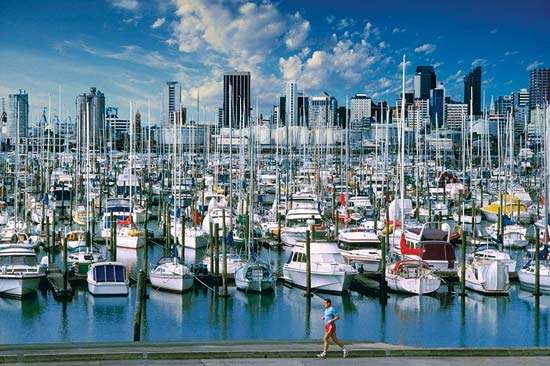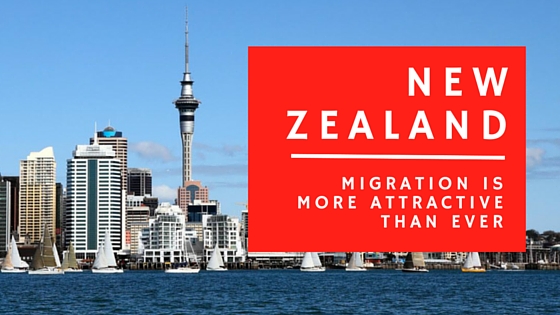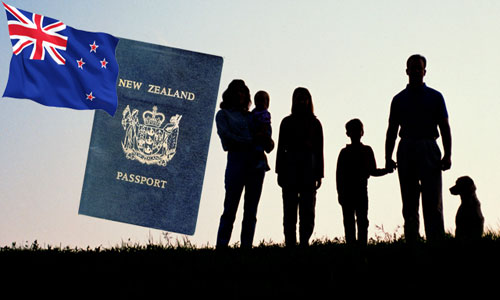The New Zealand Refugee Resettlement Strategy

In 2012, the New Zealand government presented the New Zealand Refugee Resettlement Strategy with the overarching vision of refugees ‘participating fully and integrated socially and economically as soon as possible so that they are living independently, undertaking the same responsibilities and exercising the same rights as other New Zealanders and have a strong sense of belonging to their own community and to New Zealand’ Self-sufficiency: all working-age refugees are in paid work or are supported by a family member in paid work. Participation: refugees actively participate in New Zealand life and have a strong sense of belonging to New Zealand. Health and well-being: refugees and their families enjoy healthy, safe and independent lives. Education: refugee: ' English language skills enable them to participate in education and achieve qualifications, and support them to participate in daily life. Housing: refugees live independently of government housing assistance in home...



